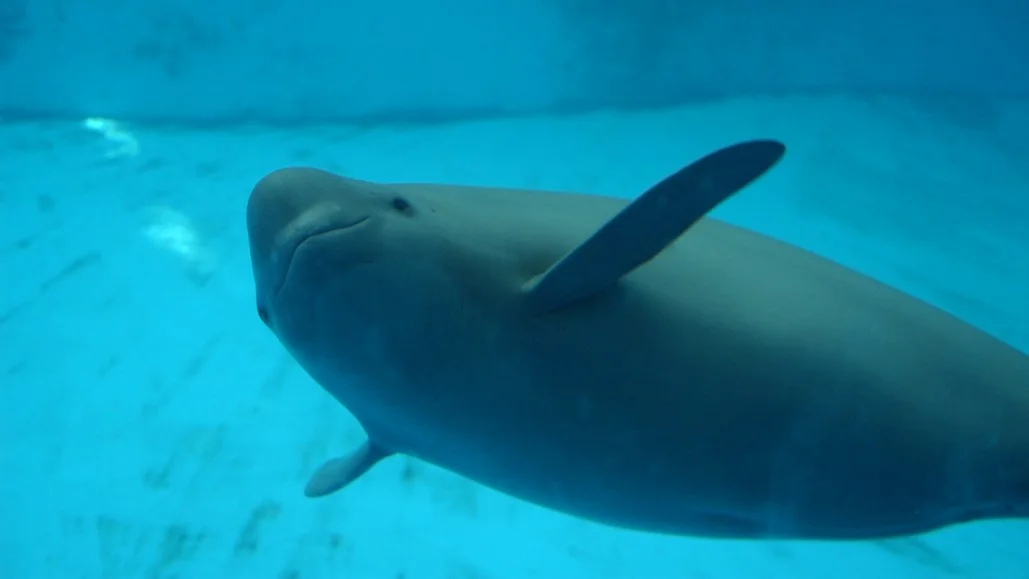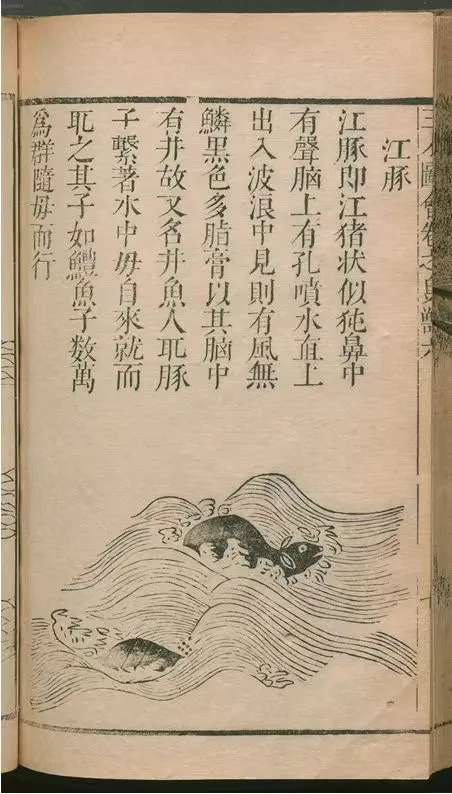
Ancient Poetry Sheds Light on The Endangered Yangtze Finless Porpoise
In an unexpected turn of events, ancient Chinese poetry has provided a compelling narrative about the decline of the critically endangered Yangtze finless porpoise. With only about 1,250 of these remarkable creatures left in the wild, the insights gathered from over 724 poems have ignited conversations around biodiversity and conservation efforts that link historical human culture to modern ecological challenges.

The Yangtze River, recognized as the world's only freshwater porpoise habitat, once saw these spirited animals flourish in tributaries and lakes. However, an alarming study reveals that their habitat range has decreased by approximately 65% over the last 1,400 years—91% of this decline happening in lakes and tributaries within the last century. This ongoing habitat loss poses significant threats to their survival.
Dr. Zhigang Mei, a hydrobiologist at the Chinese Academy of Sciences, emphasizes the unique value of sharing this story through poetry, revealing a deep connection between culture and conservation. "Protecting nature isn’t just the responsibility of modern science; it often reflects our cultural and historical perspectives," says Mei. The emotional threads woven through these ancient works reflect a longstanding human affinity for the porpoises, often depicted as symbols of good fortune.

The poetics surrounding the porpoise provide a longitudinal view of its historical distribution. While early references found in poetry suggest a widespread presence, more recent works paint a bleak picture of their diminishing numbers. According to the data compiled by researchers, around 78% of the historical sightings were along the main Yangtze River, while only a fraction can be traced back to tributaries and lakes.
This cross-reference of art and ecological science not only fills a research gap but also presents an integrative approach to understanding environmental degradation over centuries. Such interdisciplinary methods could well be applied to other species, suggesting untapped potential in historical literature to guide modern conservation efforts.

The findings call into question how much of a role culture plays in wildlife conservation and offer a poignant reminder of the repercussions of humanity's ecological footprint in the natural world. Future studies aim to extract even more insights from these ancient texts, delving into what the river once looked like and how it sustained larger populations of these enchanting porpoises.
As we reflect on the bond between art and nature conservation, we are prompted to consider: How can the richness of our cultural history inform our approaches to saving endangered species today? Your thoughts and insights could make a difference; feel free to share your comments below!